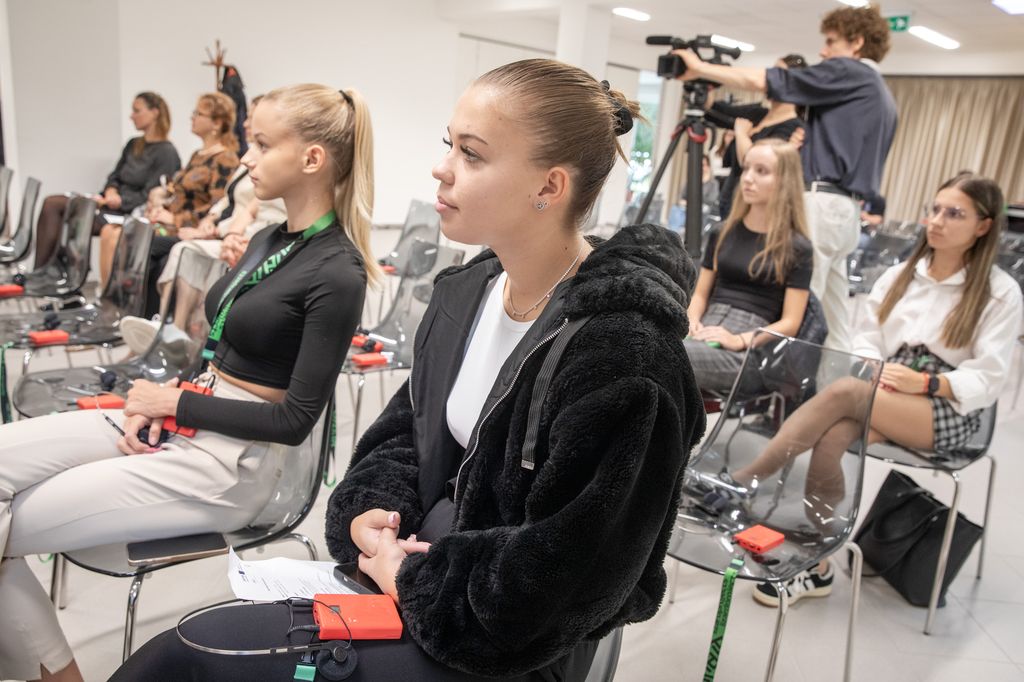Hallgatói portál
- fas fa-search
- Accessibility
Hallgatói portál
An analysis of women's digital competences by age group is being carried out in the DIGAP project supported by the INTERREG VI-A Austria-Hungary Programme, the opening conference of which was held on Tuesday at the University of Pannonia, University Centre Zalaegerszeg. The 18-month project is a partnership between the Faculty of Business Administration Zalaegerszeg, the Municipality of Zala County and NOWA Verein.
Péter Decsi, Acting Director General of the University of Pannonia Zalaegerszeg University Centre, welcomed the guests and explained that the Faculty of Management, together with its predecessors, has been present in local higher education for 50 years. As he said, digitalisation can be very effective in education and in personalised learning for students, but it requires the development of competences. The DIGAP project is helping to do this, also for women as a target audience.
They would like to use the knowledge accumulated at the faculty, as several similar researches have been carried out before, said Dr. Ildikó Palányi, Dean of the Faculty of Business Administration at the University of Pannonia Zalaegerszeg. She said that the DIGAP project will survey women's digital competences in Zala County, Graz and Eastern Styria, which will provide a better understanding of the attitudes of different age groups towards digitalisation. It also points to gaps that need to be addressed in the future. The international research project could thus trigger further cooperation and even joint training in the future.

Imre Pácsonyi, Vice President of the Zala County Assembly and President of the County Council for the Elderly, expressed a similar opinion. As he said, the safe use of digital devices is a very timely topic. The project aims to examine this and draw conclusions for the future. Dr. Dóra Szili-Fodor, adjunct professor and thematic coordinator at the University of Pannonia, Faculty of Economics, presented the content of the DIGAP project, which involves a questionnaire with at least 500 people on both sides of the border.
Photos by Umberto Pezzetta